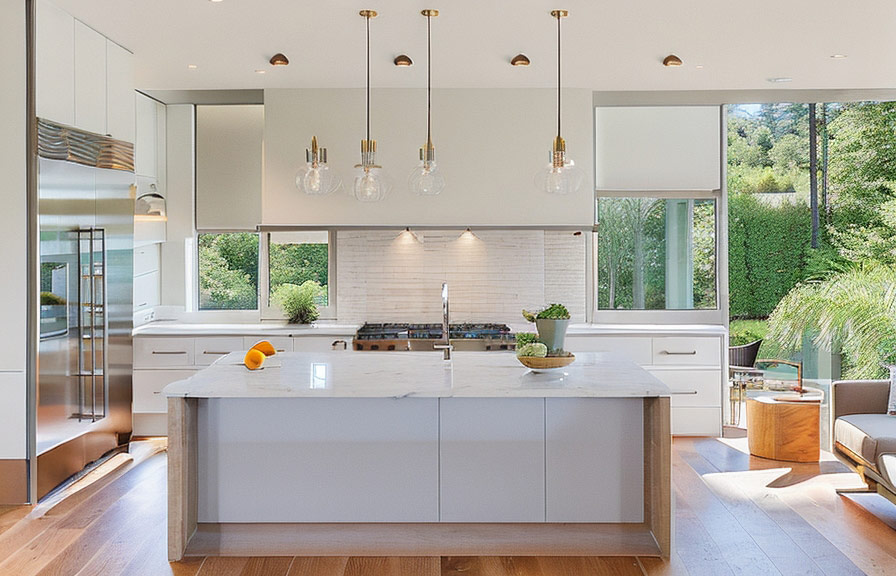Did you know that 90% of home buyers start their search online? this makes high-quality real estate photos a crucial element in attracting potential buyers. in this post, we'll explore how to enhance your real estate photography using simple equipment.
We'll discuss the best settings, lenses, and lighting techniques to make your listings stand out from the crowd.

Fun fact: the wide angle effect
Wide angle lenses are a favorite among real estate photographers, but did you know that they can also create an optical illusion? these lenses make rooms appear larger than they actually are, giving potential buyers a more spacious impression of the property.
Best settings for real estate photography
1. Aperture: to capture sharp images with a large depth of field, use a narrow aperture (higher f-stop number) like f/8 or f/11. this will ensure that both the foreground and background are in focus.
2. Shutter speed: use a shutter speed that's fast enough to avoid camera shake but slow enough to allow for adequate exposure. a good starting point is 1/60th of a second. if you're using a tripod, you can reduce this even further to allow for more light to enter
The camera.
3. Iso: keep the iso as low as possible to minimize noise in your images. start with iso 100 and only increase it if you're struggling to achieve a proper exposure with your chosen aperture and shutter speed.
4. White balance: set the white balance to 'auto' or choose a specific setting that matches the ambient light in the room. this will ensure accurate color reproduction in your images.
5. File format: shoot in raw format if possible. this will give you more flexibility in post-processing, allowing you to make adjustments to exposure, white balance, and other settings without degrading image quality.
Best lenses for real estate photography
1. Wide angle lens: a wide angle lens is essential for real estate photography. it allows you to capture more of the room in a single shot, giving potential buyers a better sense of the space.
Look for a lens with a focal length between 10mm and 24mm for a full-frame camera or 14mm to 18mm for a crop-sensor camera.
2. Tilt-shift lens: although more specialized and expensive, a tilt-shift lens can help correct perspective distortion that occurs when photographing tall buildings or tight spaces. these lenses allow you to shift the lens elements relative to the image sensor, ensuring straight lines and accurate proportions in your images.
Lighting techniques for real estate photography
1. Natural light: use natural light whenever possible, as it's the most flattering for interior spaces. open all window shades and curtains to let in as much light as possible. if you're shooting during daytime, schedule your shoot for the time of day when the room receives the most
Natural light.
2. Artificial lighting: in situations where natural light is insufficient or uneven, use artificial lighting to supplement or balance the available light. a few simple tools can help you achieve professional results:
- flash: a speedlight or an external flash unit can help you fill in dark areas and even out the light in a room. bounce the flash off a wall or ceiling to create a soft, diffused light that mimics natural light.
- diffusers: soften the harsh light from a flash by using a diffuser. these can be as simple as a white umbrella or a softbox that fits over your flash unit.
- reflectors: use a reflector to bounce light back into the room and fill in shadows. a simple white foam board can work wonders in this situation.
3. Hdr (high dynamic range) photography: if you're dealing with a scene that has a wide range of light levels, such as a bright window and a dark corner, consider using hdr techniques. this involves taking multiple exposures of the same scene at different shutter speeds and then combining
Them in post-processing to create a single image with an even exposure throughout.
By using the right settings, lenses, and lighting techniques, you can enhance your real estate photos and make your listings stand out to potential buyers. with a bit of practice and some simple equipment, you'll be well on your way to capturing stunning images of your properties.
So, bring your camera and start experimenting with these tips to elevate your real estate photography game!
